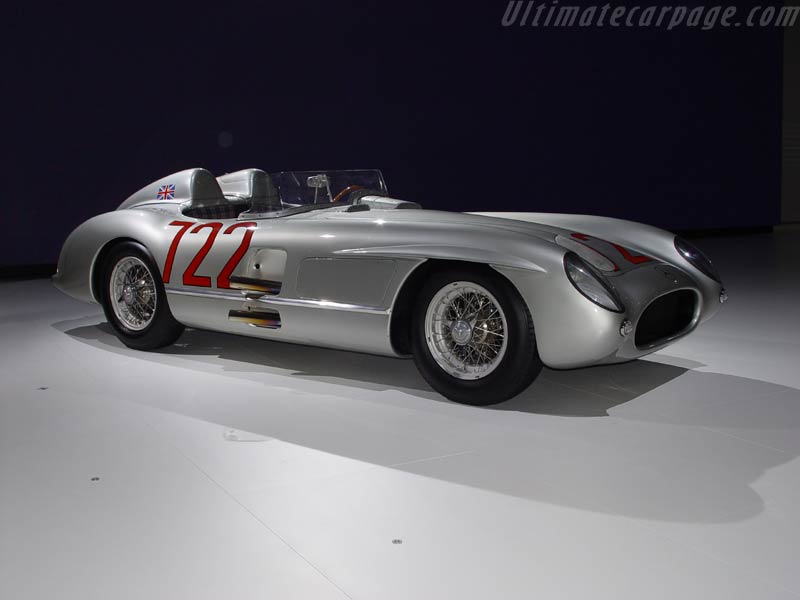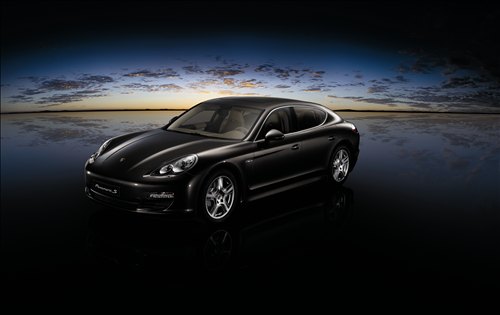
Two decades ago, Ford introduced a mid-sized, body-on-frame SUV named Explorer that traded some off-road performance for a measure of on-road comfort. In so doing, the Explorer struck a chord with wagon-weary (and wagon-wary) families, ushering in the SUV era. Now, of course, that era has passed, and the final nail in the coffin comes in the form of the 2011 Ford Explorer, which, after years of speculation, has been spied on the street with new crossover-style proportions, abandoning its trucky body-on-frame construction in favor of carlike unibody.
What we can expect from the fundamental change is a far more comfortable—and relevant—Explorer. It will retain its up-to-seven-passenger seating (to differentiate it from the five-passenger Edge), sitting on a wide track and a long wheelbase, and thus is expected to bring comprehensive dynamic improvements, including a smoother ride, tauter handling, and better sound insulation. Aerodynamics will be far better than those of today’s brick-like Explorer for vastly better high-speed fuel efficiency and stability. Even more helpful will be the installation of more powerful and fuel-efficient powertrains, likely the same 3.5-liter V-6s cribbed from the Taurus and Flex, both with and without EcoBoost (Ford-speak for turbocharging and direct injection). That’s right, we are likely to see a 350-hp Explorer next time around. Also expected is a low-end model with a four-cylinder EcoBoost engine making up to 230 hp, as Ford has said that nearly all of its passenger vehicles will be offered with a four-cylinder in future iterations.
What we can expect styling-wise is not exactly clear, though we saw an eye-pleasing preview last year in the form of the Ford Explorer America concept. From these spy shots, we know it will have a slanted front end with projector headlamps topped by amber turn signals, as well as a three-bar, Taurus-like grille. Also visible are LED taillamps, squared-off window pillars, and a broad, flat roof. The actual rear window shape is concealed by cladding, but we expect a smartly angled D-pillar profile.
We don’t know which additional creature comforts will be installed in the new Explorer, though we think it’s safe to say that whatever Ford was able to cram into the Taurus should fit just fine in the Explorer. That list includes heated and cooled seats, Sony audio with SYNC, radar cruise control, abundant soft-touch trim, blind-spot monitoring, and a rainbow of ambient-lighting choices.
Jeep is probably thrilled that its Grand Cherokee is losing its only real remaining off-road-worthy domestic competitor, although we can only expect that Honda, Toyota, Nissan, and GM are none too happy to see the Explorer crossing over, so to speak, into their territory. The Explorer is expected to hit showrooms about a year from now. We wouldn’t be surprised if it officially bowed at the 2010 North American International Auto Show in Detroit this January, and if not then, the historically truck- and SUV-heavy Chicago show is a possibility as well.
Thanks to: Car and Driver

























































